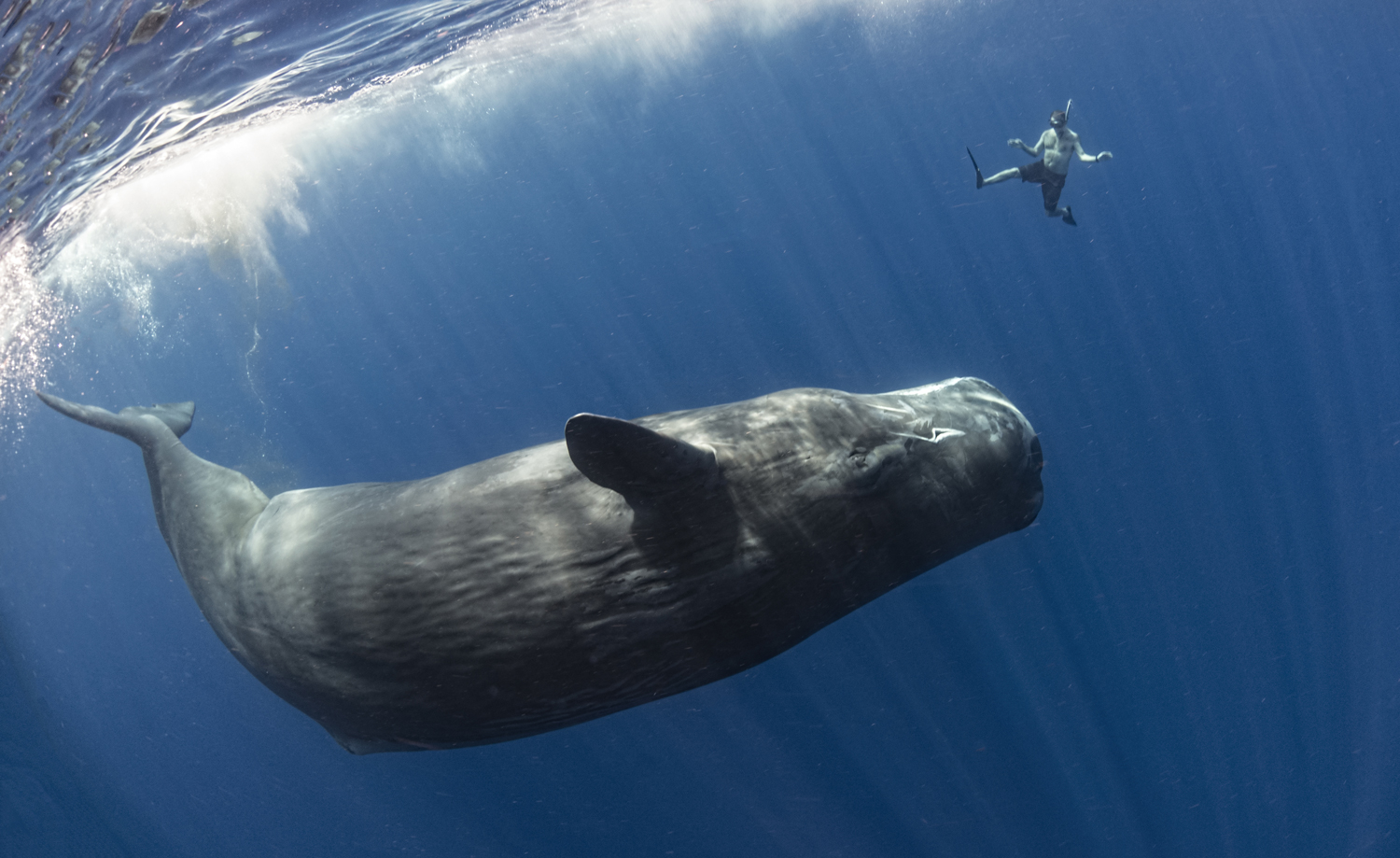Data sharing
Research and monitoring
- Last updated | 9 August 2023
Given the complexities inherent in MPA management, and the holistic and integrated approach that should be taken in the design and management of MPAs, an extremely broad, diverse range of data is required [1]. Given the limited resources sometimes available to managers, and the expense of the data collection, data sharing between agencies, and between agencies and researchers ensures that the limited funding available for data collection is used efficiently and the demand on resources is lessened. Similarly, in the interests of data access, transparency, accountability and goodwill, monitoring and reporting information can be placed online by MPA management for easy public access to further facilitate bi- and multi-lateral collaboration.

For an MPA to be adaptively managed in an evidence-based manner, data collected or housed within other government agencies may be required. This could include socio-economic or demographic data or may relate to military, transportation, ocean pollution, transport or other information. Substantial monitoring data that are collected for Environmental Impact Assessments (EIA) may be held by private consultants, while NGOs also frequently collect data useful to MPA managers [2]. Researchers often collect data that may be of use to MPA management or other researchers, although authors may be held to journal-set restrictions on releasing collected data until respective publications are published. Even following publication, the data may not be available and restricted by a paywall. In these instances, MPA managers should explore the many available open access tools and networks to access literature.
EIAs may be of value to MPA managers, whether or not the proposal is set to be implemented within the MPA. However, the ownership and availability of these data to government agencies and researchers can be complex and varied [4].
Data sharing has undergone a revolution in recent decades with the development of broadband internet and online data access software. Reporting is increasingly made available online by MPA managers, spatial data have been, for some time, disseminated in this way. More recently, actual survey data are being placed online for reasons of accessibility, value-adding, and transparency.
The Australian Institute of Marine Science (AIMS) has, in partnership with the Great Barrier Reef Marine Park Authority (GBRMPA), for 30 years been collecting and analysing coral, fish and disturbances within the park for the Long-term Monitoring Program. This information informs reef managers, government and stakeholders about the status of the reef’s health.
Monitoring reports, maps and summaries of reef health have been published on the AIMS website for many years. However, the data used to generate the reports is available online. This allows scientists to use the data for further studies and provides for scientific scrutiny.
[1] PDF: Kelleher, G. (1999). Guidelines for Marine Protected Areas. IUCN, Gland, Switzerland and Cambridge, UK. xxiv +107pp
[2] PDF: Berdej SM, Armitage DR (2016) Bridging Organizations Drive Effective Governance Outcomes for Conservation of Indonesia’s Marine Systems. PLoS ONE 11(1): e0147142.
[3] Web page: Australian Government: Data sharing
[4] PDF: European Commission: DG Maritime Affairs and Fisheries (2008). Legal aspects of marine environmental data. Framework Service Contract, No. FISH/2006/09 – LOT2